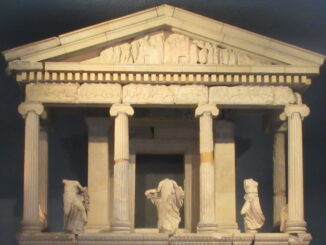
The Nereid Monument in the British Museum
On one’s way to the Parthenon Gallery one walks through Room 17 of the British Museum and there, on the right, is what appears to […]

On one’s way to the Parthenon Gallery one walks through Room 17 of the British Museum and there, on the right, is what appears to […]
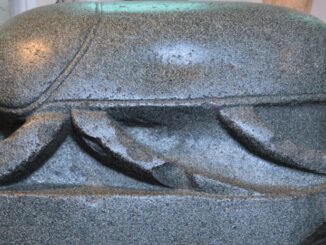
When Thomas Bruce, 7th Earl of Elgin, sold his collection of antiquities to the British Museum in 1816, the museum acquired not only his once […]
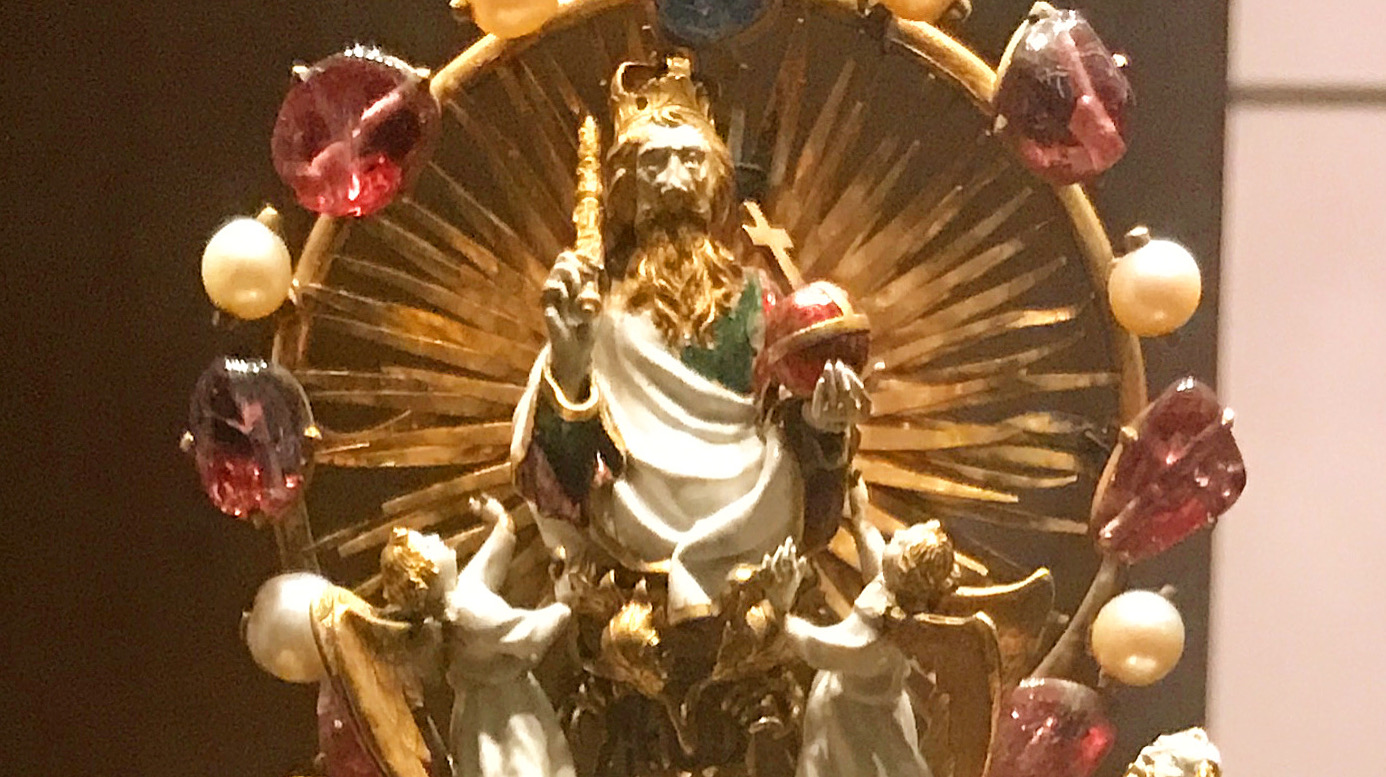
A bit more medieval from the British Museum (read all about a 700 year old citole here), but this time we’re not in my favourite […]
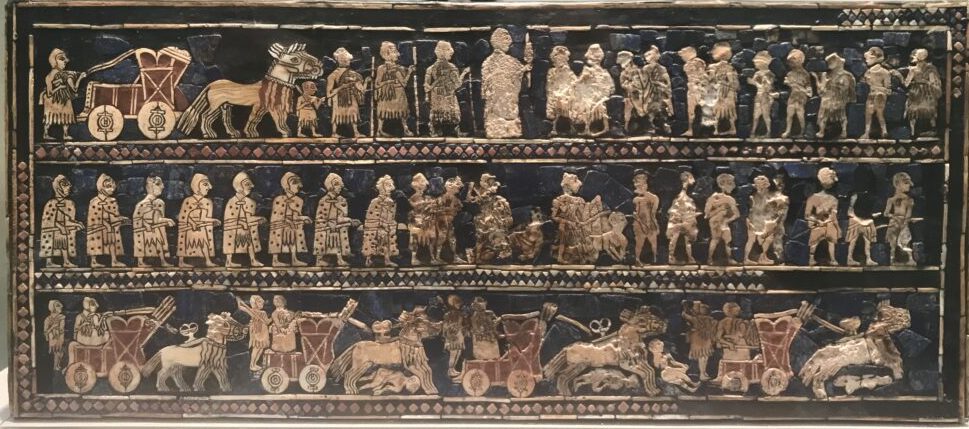
Back in the British Museum for the first time since lockdown and prepping for a real life tour with a real life guest. The Standard […]
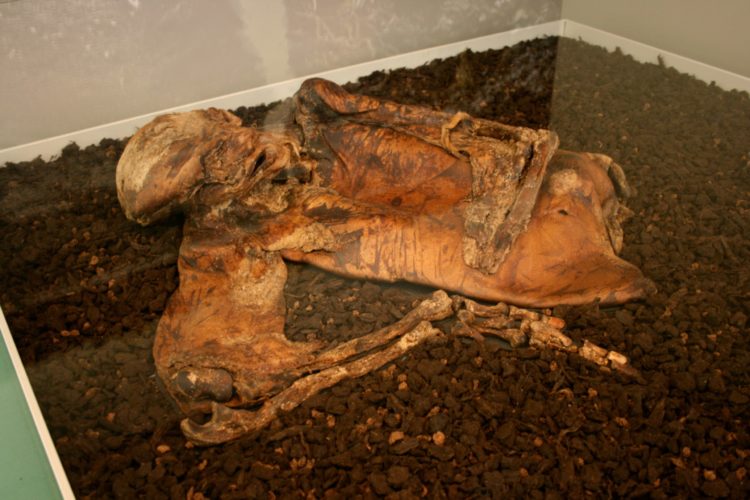
In the British Museum is a remarkable Iron Age corpse, a wonderfully preserved ‘bog body’ from the 1st century CE discovered in a place called […]

Walk into Room 40 in the British Museum via the staircase in the entrance lobby and the first thing that hits you is this wonderful […]

Up in Room 40 of the British Museum you will find one of the most stunning bits of medieval carving to survive – a citole […]

One of the most famous of the early medieval exhibits from the museum is the Lewis chessmen. 93 separate pieces, in a variety of sizes, […]
Copyright © 2024 | WordPress Theme by MH Themes